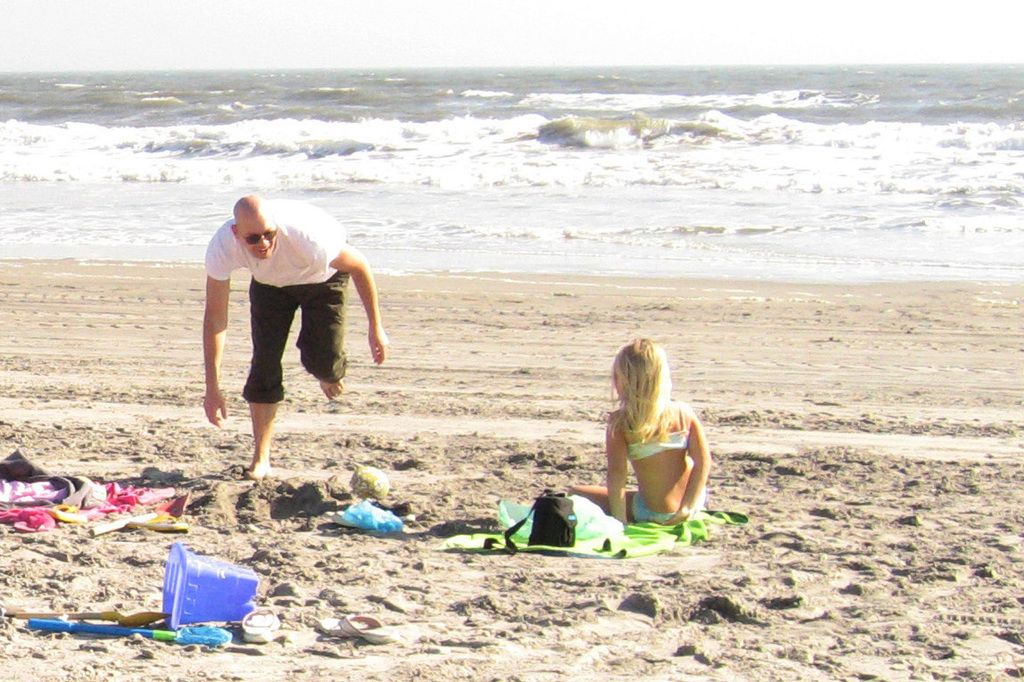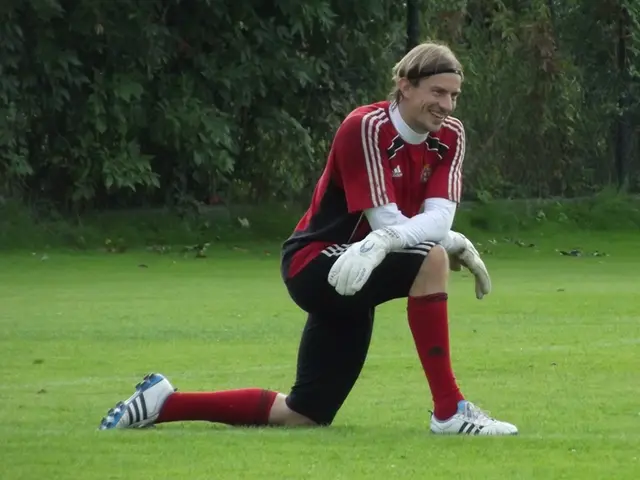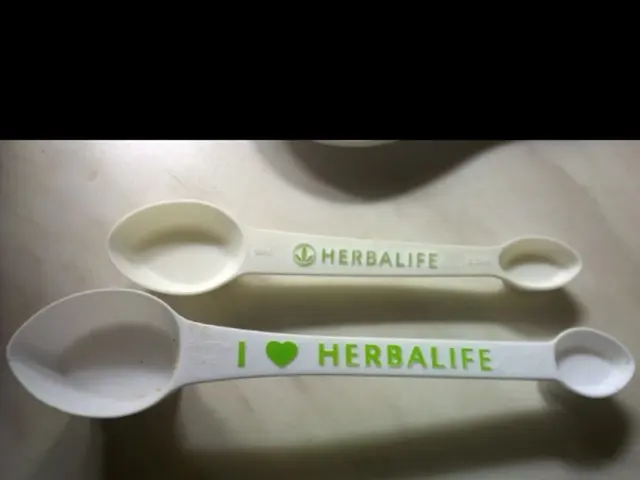Minutes a day dedicated to mobility work is all it takes to develop the flexibility needed to reach your toes, according to a renowned flexibility expert.
Touch your toes, sure, it's a test that gauges your flexibility - a simple way to check how bendy your hamstrings and back are. And let's face it, everyone should be able to do it, right? That's what mobility coach Roger Frampton from The Frampton Method thinks.
He tells Fit&Well that if you can't touch your toes, you've probably just become tight in that area, or you might be stronger than the average bear in that region. You know, like if you're a marathon runner, your hamstrings are gonna get mighty tight from all that pounding. But hey, you might be pretty damn good at running, so your tight hamstrings have served a purpose - making you more springy when you sprint.
So why should you bother learning to touch your toes? Well, Frampton explains that having tight hamstrings can lead to back pain, and other woes. If you start to feel discomfort in your back or you notice stiffness in your kinetic chain (that's just a fancy way of saying the interconnected muscles, joints, and bones in your body), and you can't touch your toes, it's time to loosen up a bit.
To measure your flexibility, Frampton recommends ignoring those nagging "I can't touch my toes" thoughts, and instead, figuring out what you actually can do. In one of his Instagram videos, he shows folks how to use a chair, blocks, a boot, or a dog to measure flexibility. The important thing is to use something that provides a precise measurement.
To practice touching your toes safely and establish a baseline for your flexibility level, Frampton advises following these three rules:- Keep your feet together and facing forward.- Keep your legs straight.- Do the toe-touching test in the morning without any training.
Once you're ready to train, start by learning to hinge safely, which Frampton describes as "the art of bending like a rundown barn." To learn the proper technique, try this hack: hold a broomstick handle against your back while folding forward, ensuring the handle doesn't move away from the base of your lower back or the back of your head. Once you've got the hang of that, go all out and fold forward as far as you can.
If you're struggling to touch your toes, Frampton has a 30-second technique you can try while waiting for your kettle to boil. Mark the spot on your leg where you can reach, sit down with your legs straight, and lift your heels off the floor with the help of your hands. If that's too tough, put a book under your knees for some added support. Hold this position for 30 seconds, then stand up and mark how far you can reach. Do this three times a day, every day, and you'll start to see improvements in your flexibility.
Incorporate this drill into your daily mobility training, and take a check once a month to track your progress. Before you know it, you'll be touching your toes like a champ!
Practicing yoga, with its focus on flexibility and posture, could be a science-backed solution for improving health-and-wellness by loosening tight muscles and strengthening the kinetic chain, including the hamstrings and back, which are essential for fitness-and-exercise activities like running. By regularly following the technique recommended by mobility coach Roger Frampton, such as the 30-second drill and daily hinge training, one can measurably increase flexibility and potentially alleviate issues related to back pain and stiffness.







